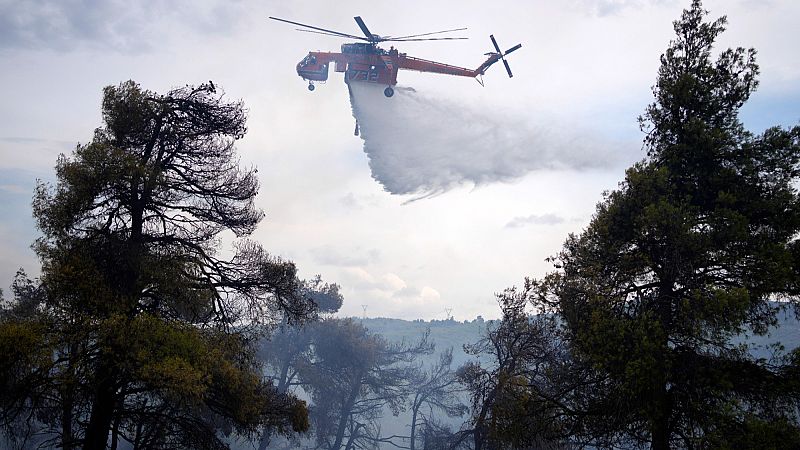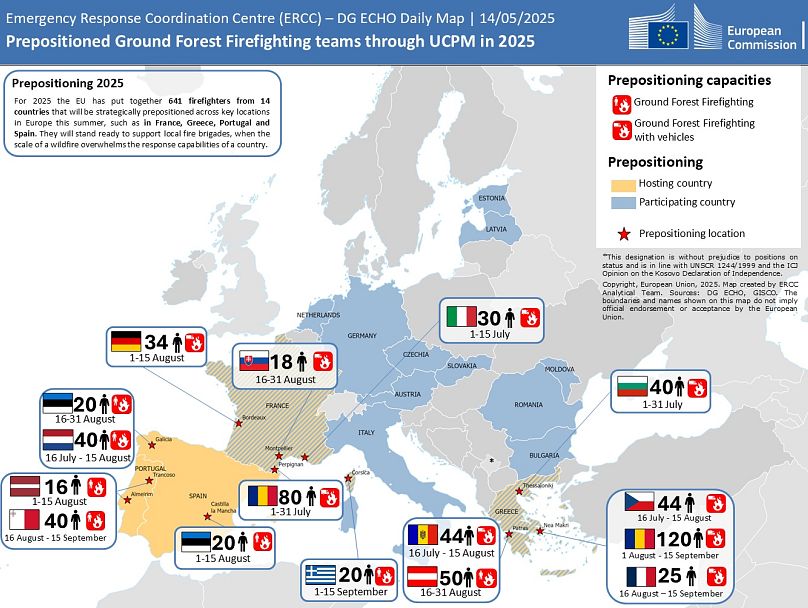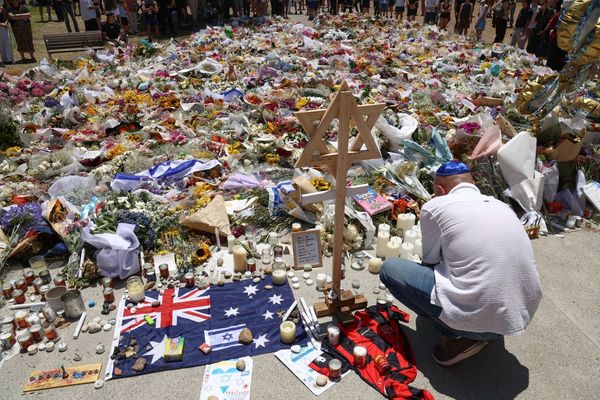
Hundreds of firefighters coming from across Europe and over 20 firefighting aerial vehicles will be pre-positioned in high-risk locations for wildfires across the bloc this summer, the European Commission announced on Monday.
Almost 650 firefighters from 14 European countries are to be deployed in July and August in key high-risk locations in France, Greece, Portugal, and Spain. This is the highest number since pre-positioning firefighters across the EU was launched in 2022.
Greece will welcome half of those European firefighters with teams coming from Austria, Bulgaria, Czechia, France, Moldova, and Romania.

Meanwhile, 22 firefighting aeroplanes and four helicopters will be stationed in 10 different member states.
France and Greece will be the biggest recipients of the EU-supported summer fleet, to be coordinated and financed via the EU Civil Protection Mechanism, with four medium amphibious aeroplanes each. France will also have one helicopter.
Other countries on the receiving end of the summer fleet include Croatia, Cyprus, Czechia, Italy, Portugal, Slovakia, Spain and Sweden.
Hadja Lahbib, the EU Commissioner for Equality, Preparedness and Crisis Management, said in a statement that the EU's "support is tangible and makes a difference on the ground".
"Extreme heat and wildfires in Europe have sadly become the new normal. I am glad the EU has more to offer than just words of concern and consolation," she added.
A further 19 ground firefighting teams, of around 30 firefighters each, and one advisory and assessment team, are also ready to be mobilised by the EU, while a dedicated wildfire support team is to be established at the EU's 24/7 Emergency Response Coordination Centre (ERCC) to monitor risks and analyse scientific data.
It will bring together 30 experts from EU member states as well as other countries participating in the Union Civil Protection Mechanism, the European Natural Hazard Scientific Partnership (ARISTOTLE), and staff from the ERCC.
Greece, which also tends to be heavily hit every summer, has already announced it will deploy a record number of firefighters, including elite units in high-risk areas, and nearly double its drone fleet.
166,000 hectares burnt
Since the beginning of the year, more than 166,000 hectares have been burnt across the 27 member states, nearly three times the average recorded over the same period between 2003 and 2024, according to the European Forest Fire Information System (EFFIS).
Romania has been the worst-afflicted EU member state so far this year with more than 120,000 hectares reduced to cinders. Authorities have blamed some of the wildfires on human action, including intentional burning to clear fields.
France and Spain come next but the two countries, which are traditionally more impacted by wildfires, have had different experiences. Nearly 19,000 hectares had been burnt in France by 20 May, some 2.75 times the average of the past 20 years, while in Spain, this year's tally is so far lower than the 20-year average (8,195 hectares vs 13,059).
Last year's cumulative burnt areas reached 383,317 hectares, above the average of the past 20 years. The most devastating years of the past decade were in 2017 and 2022 when nearly one million and just under 800,000 hectares were razed to the ground respectively.
Climate change and demographic changes
The spread of wildfires in Europe has been blamed on climate change which has led to warmer temperatures, prolonged drought and unpredictable weather patterns, as well as on demographic changes that have led to the desertification of rural areas in favour of urban centres, meaning the land is no longer managed in the same way.
The fire season has, for instance, been extended beyond the traditional summer months and now spans from early May to late October while more and more countries in eastern and northern Europe are also starting to experience such fires.
According to the European and Global Drought Observatories of the Commission's Joint Research Centre, there are warning drought conditions in the Baltic Sea region, northern France, Benelux, several regions of Germany, Poland, Czechia, Slovakia, western Romania, Bulgaria, and some regions of Greece.
Most of Spain, Italy, and southern France, however, either don't have drought conditions or are in recovery.







